10 Delicious Swaps for Cotija Cheese Every Food Lover Should Know
Cotija cheese adds salty, crumbly texture to many Mexican dishes but can be hard to find in some areas.
Luckily, several cheeses provide comparable flavor and texture for topping salads, tacos, and beans.
Feta, queso fresco, or even ricotta salata offer similar salty tang and crumbly consistency.
Some substitutes bring their own unique character that enhances dishes in new ways.
This list of ten cotija cheese alternatives helps maintain authentic flavors and pleasing textures.
Knowing how to select and use these cheeses allows you to enjoy traditional recipes anywhere.
Discover practical options for replacing cotija without compromising your culinary creations.
What Is Cotjia Cheese?
Cotija cheese is a traditional Mexican cheese known for its salty, tangy flavor and crumbly texture. It’s often called the “Parmesan of Mexico” because of its sharpness and how it’s commonly used as a finishing cheese.
Cotija adds a delicious punch to dishes like tacos, street corn, salads, and beans. Unlike cheeses that melt smoothly, Cotija usually stays crumbly and doesn’t melt much, idea for sprinkling over food to add flavor and a little texture.
Types of Cotjia Cheese
There are two main types of Cotija cheese:
What Work In Place of Cotija Cheese
Cotija cheese replacements bring salty, crumbly texture and tangy flavor to Mexican dishes with various cheese alternatives. Several options can suit your recipes perfectly. Check out the best swaps to try.
Queso Fresco
Queso fresco, which means "fresh cheese" in Spanish, is an excellent substitute for Cotija with its moist, creamy texture and light salty flavor.
The similar sharpness between these two cheeses makes queso fresco perfect for sprinkling over tacos, soups, and various Mexican dishes where Cotija would typically shine.
Many cooks appreciate that queso fresco crumbles beautifully like Cotija while costing significantly less, making it budget-friendly for regular meal preparation.
Substituting queso fresco for Cotija works perfectly in a simple one-to-one ratio, so no complicated conversions are needed when making the switch.
Finding queso fresco might be slightly challenging in some areas, but most well-stocked grocery stores now carry it in their specialty cheese section.
Feta Cheese
Feta cheese is the best substitute for Cotija cheese due to its tangy, salty, and rich flavor profile that closely mimics the original.
The combination of goat and cow's milk creates a soft, crumbly texture that works perfectly in various dishes from Mediterranean cuisine to Mexican favorites.
Many cooks prefer feta because it's widely available in grocery stores across the country, making last-minute recipe adjustments stress-free.
This versatile cheese elevates baked dishes, wraps, and salads with minimal effort, allowing you to maintain the intended flavor of your recipe.
For best results, simply use a one-to-one ratio when replacing Cotija with feta in any dish.
Parmesan Cheese
Parmesan, a distinctive pale yellow Italian cheese made from raw cow's milk, offers a strong and unique flavor that enhances countless dishes.
Many cheese lovers don't realize that genuine Parmesan contains virtually no lactose, making it an excellent option for people with lactose intolerance who typically avoid dairy products.
The versatile texture of Parmesan allows it to be grated, shaved, or crumbled, adapting perfectly to different culinary needs from pasta toppings to salad garnishes.
When recipes call for similar hard cheeses, Parmesan works as a perfect substitute using a simple one-to-one ratio.
This centuries-old cheese continues to be a kitchen staple across the world due to its rich umami flavor and remarkable 24-month aging process.
Goat Cheese Crumbles
Cotija cheese substitutes are widely available, with goat cheese standing out as the top replacement due to its similar crumbly texture and delightful salty flavor that enhances various dishes.
Many grocery stores carry this popular alternative, making it an accessible choice when you need a Cotija replacement in a pinch.
Goat cheese comes from a simple process of removing moisture from goat's milk and adding salt, creating that distinctive tangy taste and texture that works beautifully in Mexican dishes.
The similarities between goat cheese, Cotija, and feta make it an excellent stand-in for recipes calling for these crumbly varieties.
For best results, simply use goat cheese in the same one-to-one ratio as Cotija cheese in your favorite recipes.
Romano Cheese
Authentic Romano cheese brings a salty punch to dishes with its cow's milk base and firm texture that stands out from the more crumbly Cotija.
This Italian delicacy, named after the city of Rome, delivers an amazing umami depth that can elevate any recipe needing that special touch.
Many people confuse it with Pecorino Romano, but the difference lies in the milk source - traditional Romano comes from cows, while Pecorino uses sheep's milk.
The robust flavor profile makes this cheese an excellent Cotija substitute in Mexican dishes, pasta, or sprinkled over salads.
For best results, simply swap equal amounts when your recipe calls for Cotija.
Anejo
Anejo, a popular aged Mexican cheese traditionally made from skimmed goat's milk but now often produced with cow's milk, is a fantastic substitute for Cotija cheese in many recipes.
The salty and tangy profile of Anejo closely mimics Cotija's distinctive flavor, with an added spicy kick that can enhance your dishes in new ways.
Its brick-red exterior comes from a paprika coating, giving this cheese a unique and appealing appearance.
When substituting Anejo for Cotija, a one-to-one ratio works well, though you might want to reduce other spices in your recipe to accommodate its extra heat.
For perfect flavor balance, using slightly less Anejo than the amount of Cotija called for in recipes can result in dishes that maintain their authentic Mexican character while incorporating this delicious alternative.
Grana Padano
Grana Padano stands out as a premier hard Italian cheese crafted from long-aged cow's milk, with its distinctively crumbly, hard texture and notably high salt content of nearly 10%.
Many food enthusiasts sprinkle this flavorful cheese over pasta dishes or place it as a centerpiece on carefully arranged cheese boards.
When seeking a substitute for Cotija cheese, Grana Padano offers a comparable flavor intensity despite some textural differences, making it an excellent alternative for enhancing various recipes.
The best approach for substitution involves using a simple one-to-one ratio, allowing you to maintain the intended taste profile of your dish without complicated measurements.
Cheese lovers often appreciate how Grana Padano adds a rich, savory dimension to both everyday meals and special occasion spreads.
Pecorino Romano
Pecorino Romano, a hard Italian cheese from Tuscany or Sardinia, adds bold flavor to countless dishes with its sharp, salty profile that develops during its 6-month aging process in traditional cheese caves.
Made exclusively from sheep's milk, this distinctive cheese has a firm texture that makes it perfect for grating over pasta, salads, or roasted vegetables.
Many cooks appreciate its funky depth as an excellent substitute for Cotija when Mexican ingredients aren't available.
The name "Romano" refers to its ancient Roman origins, where it served as a staple food for legionaries during long marches.
Its rich history and versatility make it a favorite among home cooks looking to elevate everyday meals with minimal effort.
Cottage Cheese
Cottage cheese is an excellent substitute for Cotija in many recipes, offering a fresh, moist texture that blends beautifully into dishes rather than being sprinkled on top.
Many cooks appreciate its versatility as a cheese curd that's been drained but not pressed, maintaining just the right moisture level for mixing into various meals.
When making the swap in your cooking, a simple one-to-one ratio works well, though adjusting to taste as you go along helps perfect the flavor balance.
The mild tanginess of cottage cheese complements Mexican-inspired dishes without overpowering other ingredients, making it particularly useful when you can't find authentic Cotija at your local store.
Its accessibility and affordability make this substitution a smart choice for everyday cooking when you need a quick alternative.
Cotija Molido
Finely grated Cotija molido offers all the authentic flavor of regular Cotija cheese without the extra work of crumbling or chopping.
This Mexican cheese variety shines when sprinkled over soups, pasta dishes, and homemade pizzas, adding a perfect touch of saltiness and depth.
Substituting it requires a simple one-to-one ratio, making it an effortless swap in any recipe calling for traditional Cotija.
The fine texture allows the cheese to distribute more evenly throughout your meal, creating a more consistent flavor experience.
Reasons to Try Cotjia Cheese Substitutes
Sometimes, you might need to swap out Cotija cheese in your recipes. Here are some common reasons why trying substitutes can be a great idea:
Using a good substitute ensures your dish still tastes amazing and fits your needs perfectly.
Choosing Right Cotjia Cheese Substitutes by Dishes
Picking the best Cotija cheese substitute depends a lot on the dish you’re making. Different recipes ask for different textures and flavors, so this guide below will help you choose the right swap for your meal:
Homemade Cotija Cheese Substitute Recipe
Make your dishes pop with this simple homemade Cotija cheese substitute! Using just a few easy ingredients, you’ll get that perfect salty, crumbly flavor without hunting down the real thing.
Ingredients:
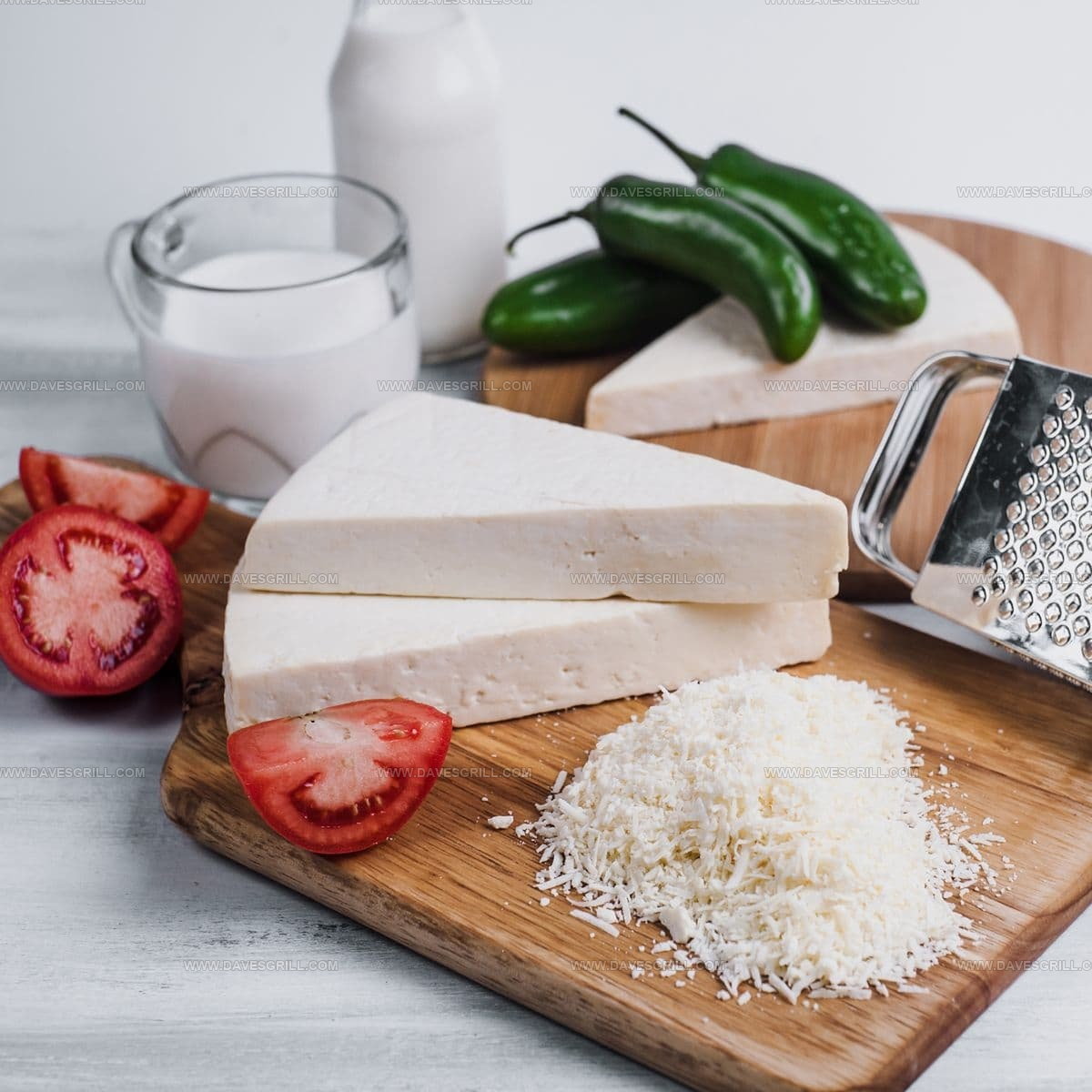

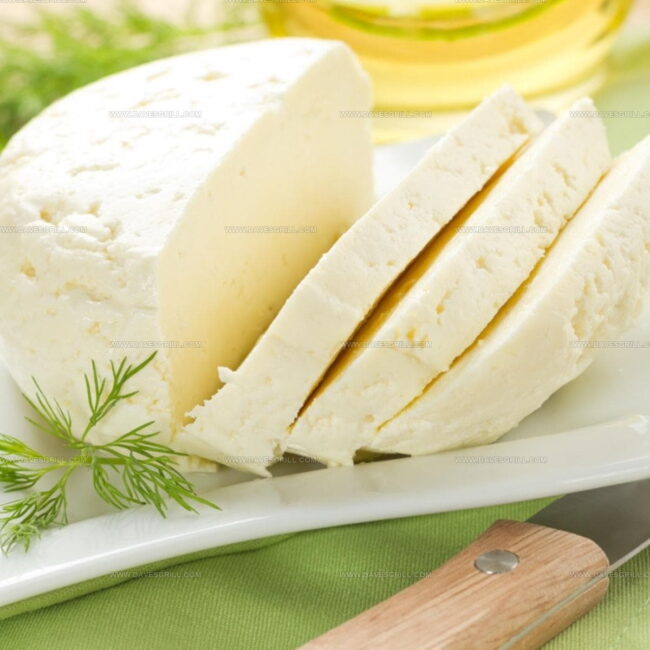


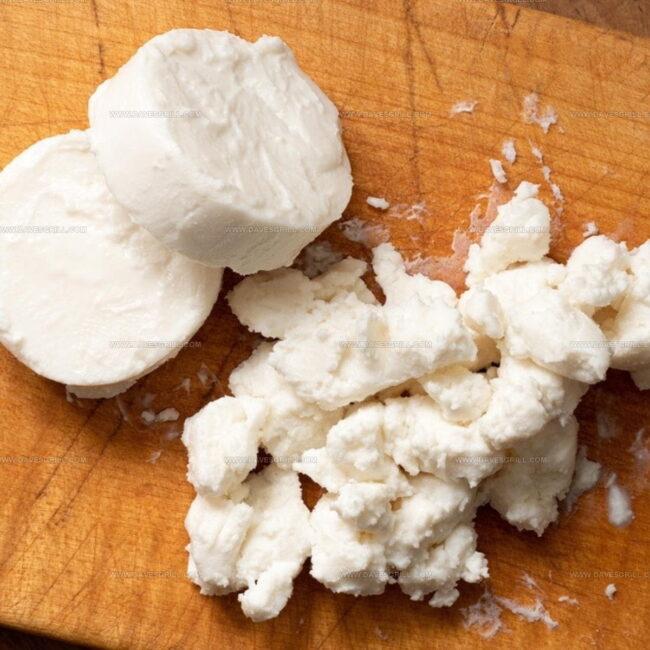

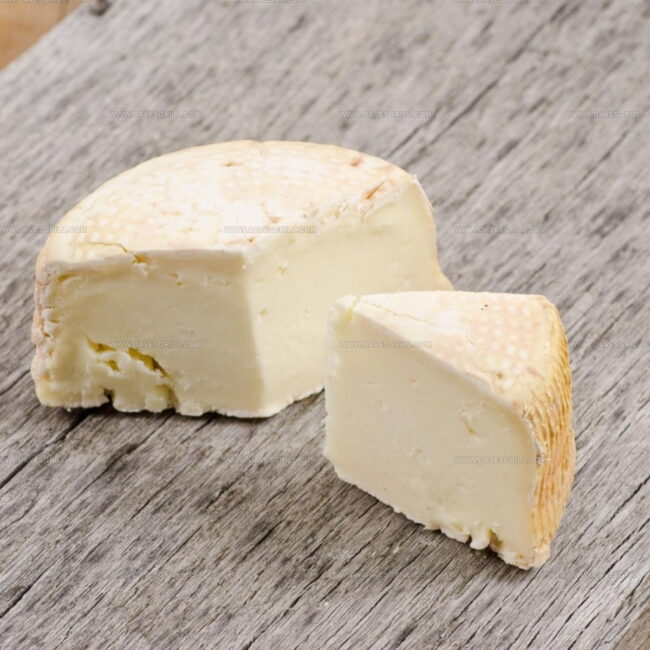
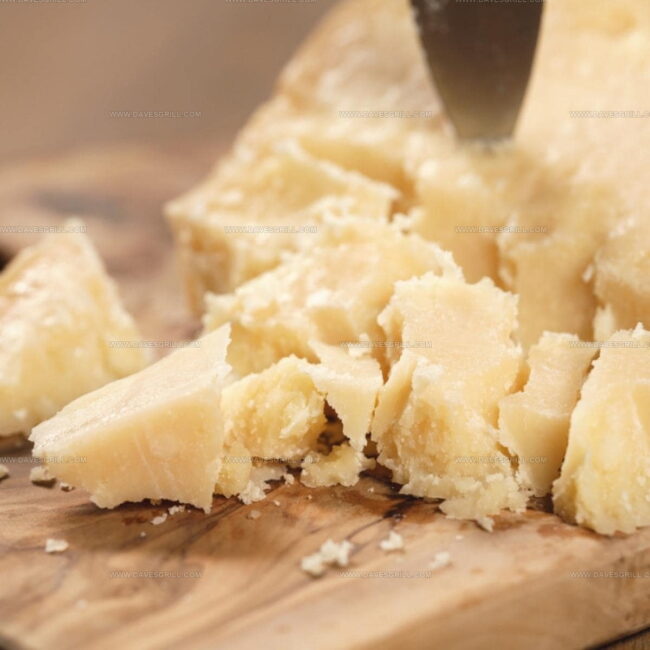




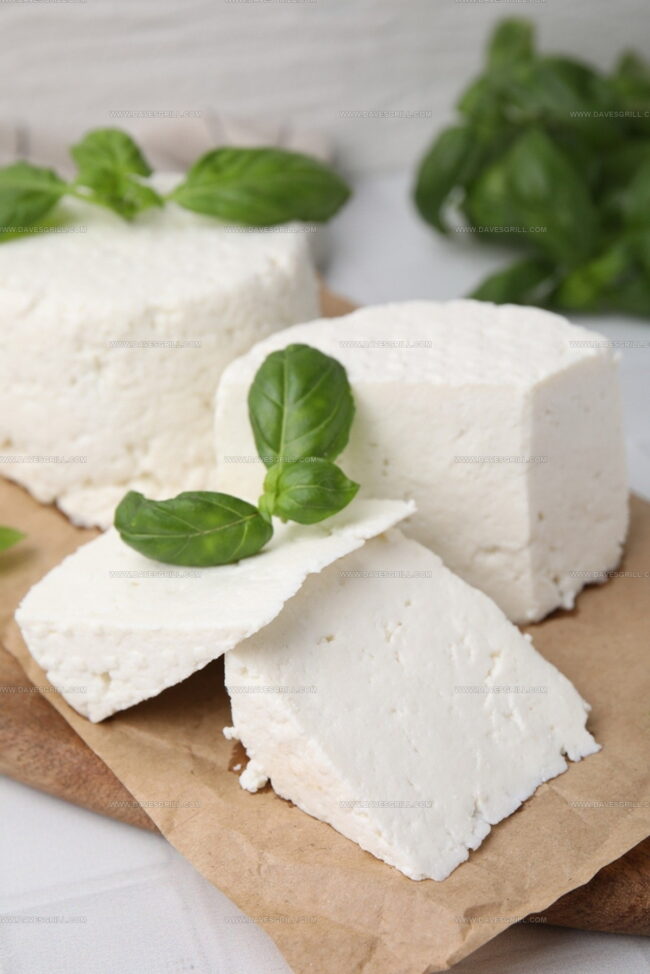
Emily Lawson
Content Creator & Culinary Specialist
Expertise
Education
Oregon Culinary Institute
Diploma in Culinary Arts
Focus: Emphasis on farm-to-table cooking, sustainable practices, and the fusion of global flavors with traditional grilling methods.
Emily Lawson is the content creator at Daves Grill, turning tasty ideas into clear, easy recipes. Based in Portland, she trained at the Oregon Culinary Institute and loves cooking with fresh, seasonal ingredients, especially grilled veggies and global flavors.
Emily mixes food writing with hands-on cooking to bring you recipes that feel fun, not stressful. Her goal is to make every dish simple, flavorful, and worth coming back to. Together, she and Dave serve up real food, one recipe at a time.